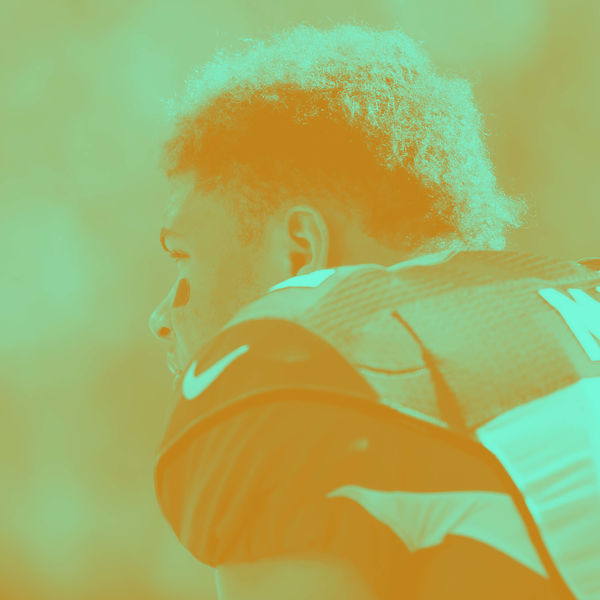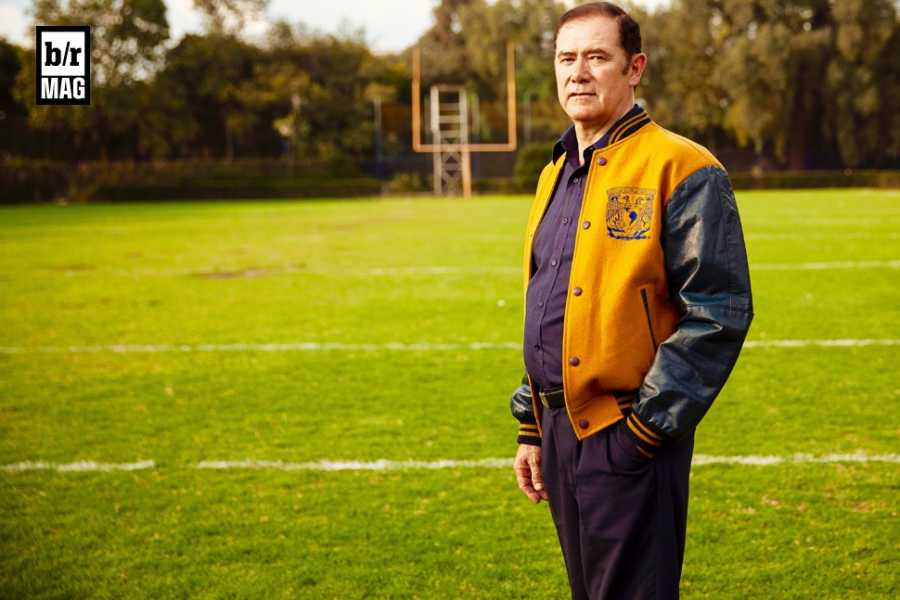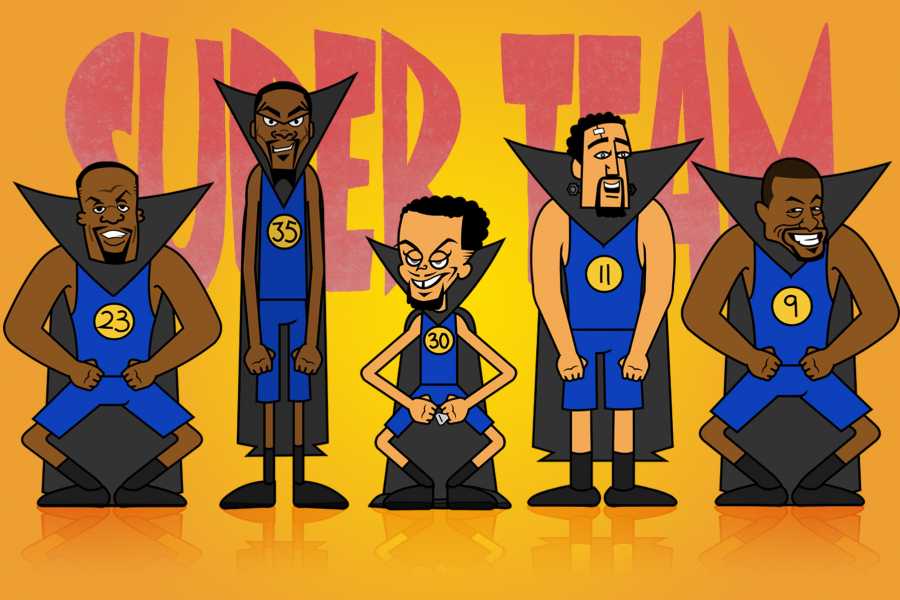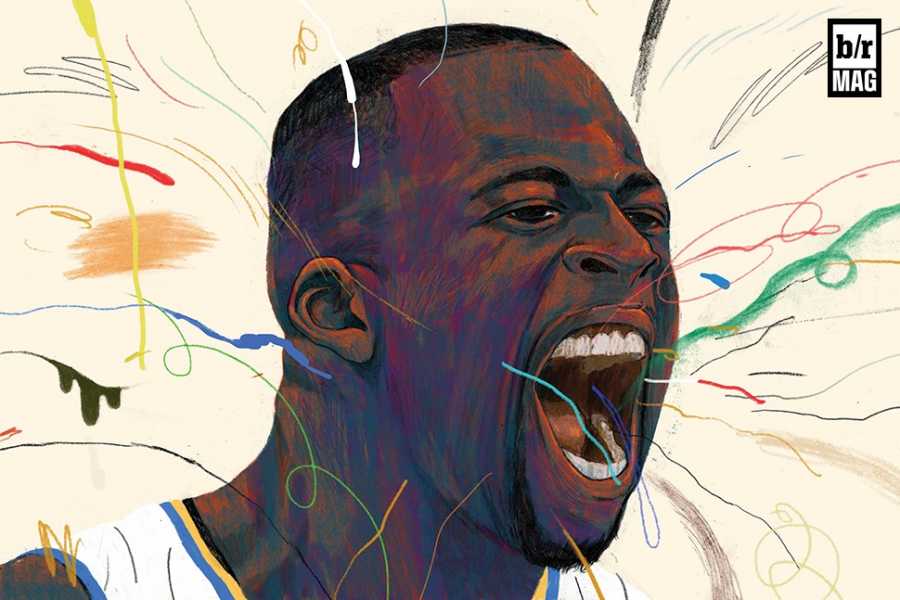Peterson may have vowed to do what he could to get Mathieu alongside him, but the decision still had to be made by Steve Keim, Arizona’s general manager.
Drafting Mathieu would be a stretch for Keim. Mathieu’s play warranted a first-round selection. But his off-field meanderings forced teams to take second and third looks, if they even considered him at all. After being kicked off the LSU football team for repeated violations of the school’s substance abuse policy for athletes, Mathieu had not played a down in more than a year.
“I grew up in the Leave It to Beaver world,” Keim said. “I grew up in a world where I had a great mom and dad, two older sisters. We were middle class, certainly not rich, but we had a great upbringing. Then…I hear about his background, and I think to myself, ‘How do I get my arms around the fact that this guy's made mistakes?’ But also I’ve got to understand, he didn’t come from where I came from. He didn’t have the upbringing that I did. So, just the fact that he's gotten to this point says a little something about this player and his resiliency and how he handles adversity…
“I didn’t want to be one of those friends that was in his inner circle being a yes-man.”
“That’s what it’s all about. These guys have made mistakes. ... You’ve got to find the ones who absolutely love the game, because if they love it enough and they’re passionate enough, that’s going to keep them away from doing things that will put them in the bad predicaments.”
Peterson did what he could to nudge Keim in Mathieu’s direction before the 2013 draft. That’s partly because he knew what it was like to have the game he loved taken away.
✦ ✦ ✦
Patrick Peterson Sr. was once a standout at Blanche Ely High School in Pompano Beach, Florida—the type of do-it-all player his oldest son would one day become. A cardiac murmur derailed his career before he could see how far he could take it. “If you’re born with that stuff, it’s not life-threatening,” Peterson Sr. said. “But back in the day, we didn’t have that type of technology to detect anything. Now, I know guys in the league right now got heart murmurs and enlarged hearts.”
Patrick Peterson—then known as Patrick Johnson before he changed his last name to honor his father after his parents wed—appeared to be next in line to uphold the family’s athletic tradition. His cousins, Santana and Sinorice Moss and Bryant and Walter McFadden, were already in the NFL. Some at Blanche Ely High wanted Peterson to play varsity as a freshman. Peterson Sr. decided to bring him along more slowly. He worried that accolades and success would go to his head. Peterson starred on Blanche Ely’s junior varsity that season before his father opted for a stern lesson in his sophomore year.
As Peterson prepared for practice one day, his father, who was an assistant coach, stopped him. Peterson Sr. found out that his son’s GPA had slipped to 2.3. The average still left him eligible to play, but Peterson had made a pact with his father that he would maintain at least a 2.5 GPA.
“No, you’re not going to practice,” Peterson Sr. told his son. “You failed your commitment to me. You won’t be playing football, period. These things happen when you commit to something. You have to be a man and hold up to your words.”
Peterson Sr. knew he would be benching one of his best players. He could have chosen to sit him out for a week or two and hope he’d learned a lesson.
He held him out the entire season.
Peterson Sr. loved football. He loved the contact, the physicality of it, the risks and rewards. He also recognized that it could be a conduit to deliver life lessons. He knew his son could go far in the game and thought it would be better to teach a valuable lesson sooner rather than later.
“I don’t baby them,” Peterson Sr. said. “Not only my son, just anybody I deal with. You got to be strict. It’s got to be a hard lesson learned sometimes. One or two games, to me, is like a slap on the wrist. I don’t like doing it that way.”
Peterson still came to games, explaining to inquiring spectators why he was not suiting up. “I was miserable,” Peterson said. “But I believe that’s what helped me grow. That’s what helped me always have that mentality that I have to put my best foot forward at all times, because I don’t know when the game is going to be taken away from me.”
By then, Bryant McFadden had started his NFL career as a member of the Pittsburgh Steelers secondary. McFadden helped reinforce the tough-love message.
“You have a chance of doing something special,” he told Peterson. “If you don’t like school, OK, who cares? I didn’t really like school, but you have to play the system. If you’re going to school, you have to make grades good enough for you to get that scholarship offer. If you can’t be accountable in the classrooms, coaches on any level, they’re not going to trust that you will be accountable on the football field.”
Peterson brought his grades up and returned to the field. Over the next two years, he made 12 interceptions and recorded 75 tackles while also being featured prominently on offense. In 2007, his senior season, USA Today named him its Defensive Player of the Year. He had his choice of colleges and picked LSU after verbally committing to the University of Miami.
The summer before college, Peterson worked out with McFadden and a handful of other NFL players in Orlando, Florida. Peterson was already 6’1” and about 210 pounds, larger than most NFL cornerbacks. McFadden remembers Ike Taylor, then a Steelers teammate, predicting that Peterson would outgrow the cornerback position and become a linebacker. “Man, I hear what you’re saying, but that’s the only thing he wants to play,” McFadden responded, referring to Peterson's determination to play cornerback. “He doesn’t care if he’s 220, 230.”
“That's how gifted he was when it came to a physicality standpoint,” McFadden said. “As a ninth- or 10th-grader, he passed the eye test. When you saw him perform on a high school level, it was unbelievable. When I took him with me to Orlando, Pat was standing out among NFL guys.”
But he needed the stern nudging from his father to get back on track. In the future, Mathieu would also need the backing of Peterson Sr. “That was one of the first stories that [Peterson] told me,” Mathieu said. “I think that just speaks to his father helping him understand the bigger picture.”
✦ ✦ ✦

AP Images
Peterson had not heard of Tyrann Mathieu when Ron Cooper, his defensive back coach at LSU, informed him of the prospect he would be hosting. “Man, Pat, I’m telling you,” Cooper said, according to Peterson, “I had this kid last year [in camp]. This guy is unbelievable. Ball skills out of this world. The only thing is, he’s a little guy.”
Mathieu, who stood only 5’9” and weighed 175 pounds, knew of Peterson. As a high school sophomore at St. Augustine in New Orleans, Mathieu had visited LSU with his coach, Wayne Cordova. They came across Peterson working out by himself in a sandpit. Cordova recalled Mathieu saying that he hoped to emulate Peterson, an athlete who worked just as diligently outside the spotlight as he did inside it.
LSU’s coaching staff knew Peterson would likely only play three seasons before heading for the NFL, Cooper said. That contrasted with Mathieu, who had struggled to gain the attention of college scouts.
Mathieu first played running back before switching to defense, said Del Lee, who coached the defensive backs at St. Augustine. “Only then did I realize that he could very well be playing on Sundays,” Lee said. If a player made a sensational play above the high school level, Lee regarded it as a college rep. Soon, Mathieu routinely made plays the coach considered pro reps.
Mathieu was small but had a knack for finding the ball and forcing turnovers—intangibles that cannot be taught. Lee became frustrated that colleges were not offering Mathieu deeper looks.
“I never really let him see that part of it with me, but I would often fuss with my head coach about that at the time,” Lee said. “Tyrann didn’t even make all-district at cornerback. That’s insane.”
LSU finally came around after hosting Mathieu at a camp. “He probably had eight interceptions during the seven-on-seven in that day period,” Cooper said. Cooper told Lee that Mathieu would become a recruiting priority, and he vaulted over other recruits. For Mathieu, a New Orleans native, attending LSU was an easy decision.
“The next school under that was maybe Tulane, Southern Miss,” Mathieu said. “So LSU was a no-brainer for me, going there. But obviously, playing with guys like Patrick and Eric Reid, who was also a top prospect at the time, and Morris Claiborne—I mean, it was just a good fit for me.”
With an experienced defense around him, Mathieu slid in nicely as an impact player.

Getty Images
“The hunger that he had, I’ve never seen nothing like it before, especially coming from a guy who already had that label of [being] undersized, a guy who has that label that he may not play past this level,” Peterson said. “The odds were always against him, but you could tell that he always had that prevailing mindset that, ‘I told you so.’”
Everything came together for Mathieu in the 2011 Cotton Bowl. He earned the Most Outstanding Defensive Player Award after making an interception, recording a sack and forcing two fumbles.
As expected, Peterson left for the NFL in 2011, when Arizona took him with the fifth overall pick. Mathieu assumed Peterson’s No. 7 jersey and returned for a sensational sophomore season that earned him the fitting nickname and made him a finalist in the Heisman Trophy voting.
The fanfare leveled him. His near downfall has been chronicled countless times. LSU suspended and eventually dismissed him for failing multiple marijuana tests.
“The odds were always against him, but you could tell that he always had that prevailing mindset that, ‘I told you so.’”
Lee still serves as a mentor to Mathieu. They don't have long conversations. When they do talk, they exchange few words of substance. Lee once handed Mathieu a three-ring binder with photos and stories of athletes who had once had it all before flushing it away. The back pages featured a photo of Mathieu with a blank page next to it. Lee suggested that Mathieu could still avoid such a fate, but he had a lot of work to do.
“I knew that football was his passion, and after conversing with him about it, it was really just a matter of what’s more important at this point,” Lee said. “What do you want your life to venture off to? Do you want to go left or right?''
Those close to Mathieu decided his best option would be to get away from Louisiana. He decided to train with Peterson Sr. in Pompano Beach, where Peterson had learned the game.









